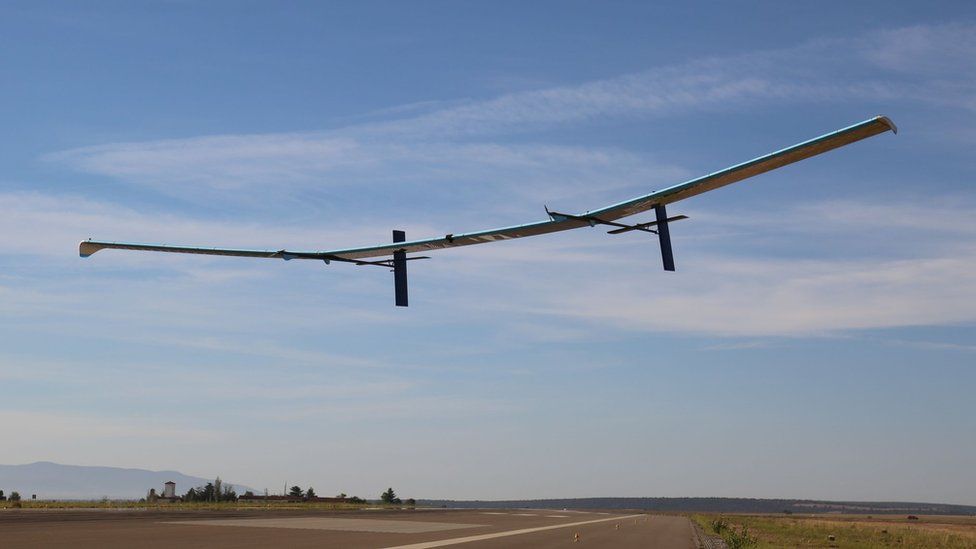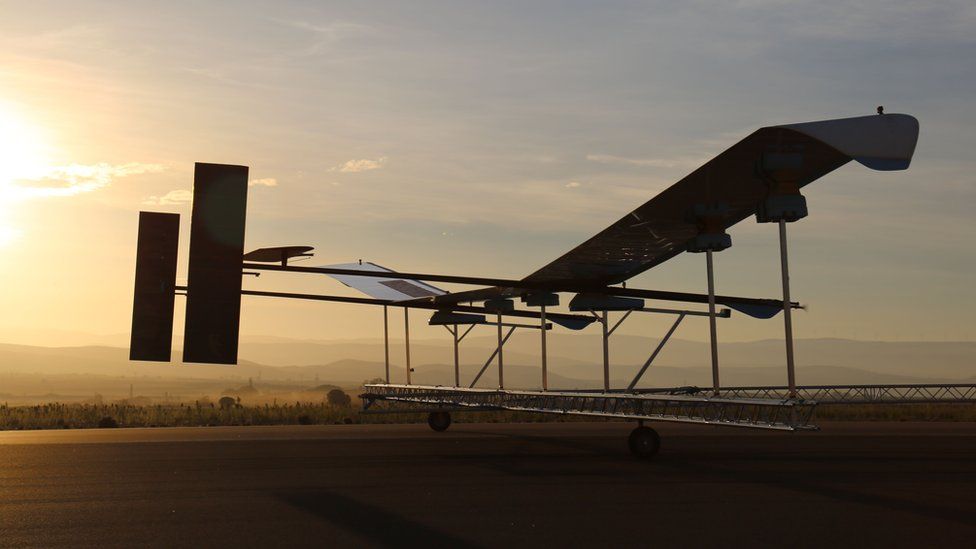Drone claims can come in all shapes and sizes and can occur due to a variety of different reasons. Although we are always on hand to handle your claim in the most efficient and effective way possible, we understand that you would like to reduce the likelihood of an incident happening to a minimum. Below we have listed our top five causes of claims and have provided some advice on how these sources can be avoided and therefore reduce the risk of having to make a claim!
- Pilot Error
Our highest cause of accidents and incidents are due to pilot error and it is important that you, as a drone pilot, are aware of the elements that can cause failure to perform to a satisfactory standard. There are many mechanisms of human performance that can change a flight drastically and being made aware of these influences may help you conduct the safest flight possible. Below is a list of human factors that can affect your flight:
Lack of Communication: Poor communication is one of the main contributing factors in accident reports due to the information being exchanged being unclear or inaccessible and the person receiving the information may make assumptions about the meaning of this information. We recommend that any detailed information that needs to be passed between yourself and your team that is complex, should be written down. For example, log books, checklists and worksheets are useful resources to use. Verbal messages can therefore be kept short. As the remote pilot, always give your team the chance to ask questions before a flight so that no assumptions are made.
Lack of Knowledge: Aircraft systems are complex pieces of equipment and it is therefore vital that pilots have gone through the substantial and necessary training in order to operate safely. Furthermore, lack of on-the-job experience may lead to pilots misjudging situations and making risky decisions. As drone systems continue to develop, pilot’s knowledge and experience with the product may quickly become out of date. It is important that you, as a pilot, undertake continuous professional development and that you share your knowledge with other colleagues within the industry. Checklists and CAA publications are good methods to follow and refer to so that assumptions are not made and that you are not relying on memory.
Lack of Resources: Regardless of the task, resources also include personnel, time, data, tools, skill, experience. A lack of any one of these resources will affect a person’s ability to complete a task. When the proper resources are available, and to hand, there is a greater chance that we complete a task more effectively, correctly and efficiently.
Pressure: If you are operating commercially, you may experience pressure from your client in order to complete a job within a specific time frame. This can interfere with the quality of your performance which is therefore endangering the safety of your flight. Always ensure that any work you commit too, can be dealt with in an unpressurised environment.
Other elements that you may wish to consider are complacency, distraction, lack of teamwork, fatigue, stress, lack of assertiveness and lack of awareness.
- Accidental Damage
“Accidental Damage” is defined as damage that occurs suddenly as a result of an unexpected and non-deliberate external action. In simple terms, this usually means an unintentional one-off incident that harms your property or its contents. This is our second biggest cause of claims.
The Civil Aviation Authority have put strict regulations in place and drone pilots have to meet the criteria that has been set out in order to fly legally. However, situations can occur which are beyond your control. In order to reduce the risk of accidental damage, there are a number of factors that you may wish to consider which are stated below:
- Do not fly your drone in turbulent weather: As a drone operator, it is important to understand that weather is an important factor in any form of aviation. Any operation effectively planned with the weather in mind, not only increases the safety of your operations but also helps to improve the quality of any materials gathered.
- Always store your drone and equipment in premises which are weather proof: Not all drones are waterproof so it is therefore important to ensure that your equipment does not get wet which could result in serious damage.
- Whilst transporting your equipment too and from location ensure that you use a good solid carry case: This will therefore reduce the risk of the equipment being damaged whilst being transported, if it were to be dropped for example.
- Never be negligent with your equipment.
We have found that accidental damage does not tend to occur often whilst in flight and is more apparent when transporting equipment. We have therefore included this feature within our policies in which full policy cover is in force whether you are flying your drone, transporting it to and from location, or safely storing it (subject to certain excluded territories).
- Mechanical Failure
Our third highest cause of claims is mechanical failure. In order to avoid the risk of mechanical failure, we suggest that although there are no airworthiness requirements within the majority of countries, it is your responsibility to maintain your equipment to the highest standard. If you are trying to operate an old or damaged drone, then you may be putting yourself under unnecessary pressure. This is inclusive of regularly updating the software.
Further to this, always ensure that you are flying within manufacturing guidelines. All drone manufacturers will have a set of guidelines that pilots should adhere to in order to guarantee a safe operation. We suggest that you always refer to your pre-flight checklist prior to your flight in order to ensure that you have gone through all mechanical and safety checks that are required.
- Loss of Data Connection
Loss of data connection is our fourth most common cause of claims. Loss of data connection can occur due to electromagnetic interference which can happen when flying near power lines and telephone towers. In order to negate the likelihood of damaging your equipment in this situation there are two factors that you may wish to consider:
- Ensure safety functions are pre-set before flight: The Return to Home (RTH) is useful function that can be used manually by the pilot to land the aircraft at the touch of a button or automatically if the signal is lost between the drone and controller. The automatic functions are useful safety measures to give an added level of peace of mind when flying your aircraft. At the beginning of each individual flight, set a new Home Point and make sure that you have at least four (five recommended for flying) GPS bars and double check the Home Point has been set before setting off.
- Ensure everything is working correctly at a low altitude: Begin by taking off and maintaining a low altitude of around 10 feet. From here, ensure that the aircraft can properly ascend and descend, move in all directions and rotate from side to side.
- Flyaways
In joint fifth place, we have found that flyaways and theft of property are a common cause of claims.
Firstly, we shall discuss flyaways. The FAA defines a flyaway as “an interruption or loss of the control link, or when the pilot is unable to effect control of the aircraft, and as a result, the UAV is not operating in a predictable or planned manner”. In simpler terms, flyaway are situations when a drone starts exhibiting erratic movement. Below is a list of factors that can cause a flyaway:
- The return to home function has not been configured correctly: Most drones today will set the home point automatically for the return to home function. However, you should ensure that the particular model that you own has this feature and if not, make sure that you have set it up correctly. If you are going to be on the move whilst flying your drone (if you were on a boat, for example), make sure that you have the dynamic home point set up.
- Compass interference: GPS signal is necessary but not sufficient for your drone to return to home safely. Your drone’s compass also needs to be relatively free from interference. GPS only determines the drone’s location; the compass determines its orientation. If you initiate ‘Return to Home’ your aircraft will turn its head and fly back to the Home Point. But if it doesn’t know which way to turn, it may end up flying somewhere else. If you are travelling regularly, your drone compass is going to get unaligned with the electromagnetic field of different areas. Always ensure that your compass is calibrated correctly.
- Flying beyond visual line of sight: Within nearly all countries, flying beyond visual line of sight requires special permissions, however losing sight or orientation of the drone is one of the most common reasons for a drone fly away and/or losing a drone. Your drone is much less likely to crash or get lost if you can see it. Monitoring your drone solely through your live video feed is never a good idea. If you do this, you may not be able to see what is behind or to either side of your drone. Sometimes, flyaways are just accidents simply resulting from the drone not being visible.
- Theft of Property
Theft of property is an unfortunate incident that cannot be helped. In order to prevent easy access to your equipment always ensure that it is stored in the safest possible environment – ideally in a locked area, building or vehicle and out of visual site. Furthermore, do not leave any items unattended in a public area.
Our Annual Policy Provides Piece of Mind
Our industry leading annual policy is the most cost-effective policy for a frequent drone user, however, it also gives you piece of mind that your equipment is covered all year round. If accidental damage or theft of property were to occur and you had opted for a short-term policy, this type of cover would only be in place during the dates you had selected to cover. It is therefore worth considering an annual policy to have this type of security in place all year round.
If you have any questions with regards to what has been discussed within this article or would like to obtain a quote for either of our annual or short-term policies, please contact a member of our team.
www.coverdrone.com
 Elaine Whyte: “Our drones team at PwC UK has now been up and running for a year, helping clients take advantage of this emerging technology and extract value from drone data. In our Skies without Limits report we recognise that there is substantial opportunity in the drones market but this can only be achieved if we maintain and build trust. Having a professional body to represent the industry is an important layer of this trust and we are looking forward to working with ARPAS to support their mission to promote the safe use of drones.”
Elaine Whyte: “Our drones team at PwC UK has now been up and running for a year, helping clients take advantage of this emerging technology and extract value from drone data. In our Skies without Limits report we recognise that there is substantial opportunity in the drones market but this can only be achieved if we maintain and build trust. Having a professional body to represent the industry is an important layer of this trust and we are looking forward to working with ARPAS to support their mission to promote the safe use of drones.”













